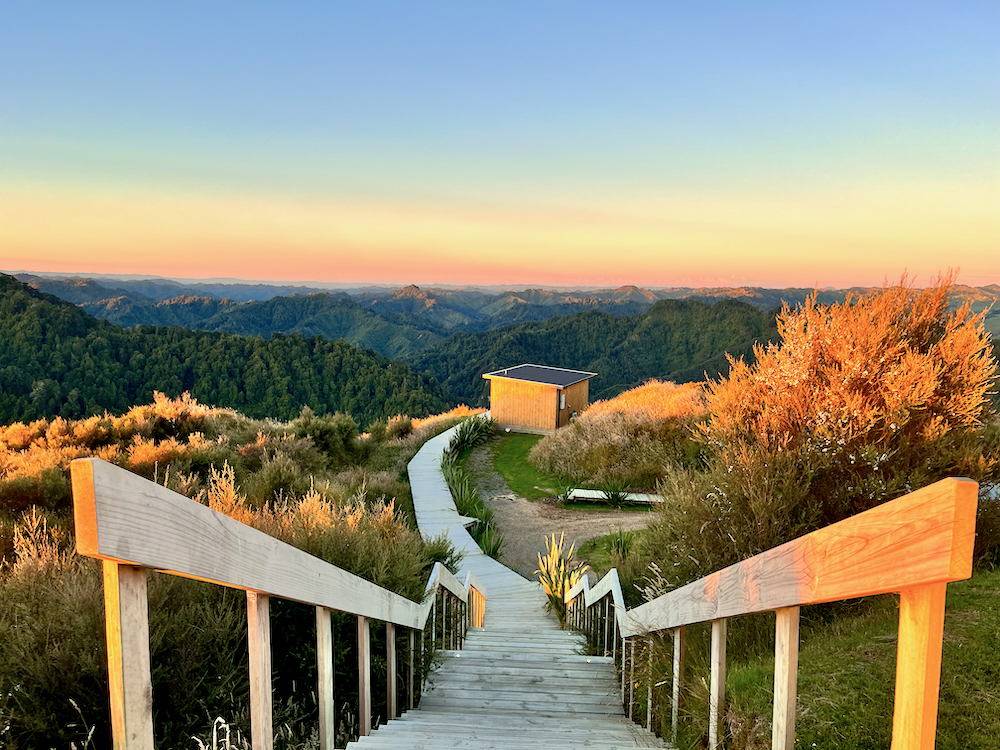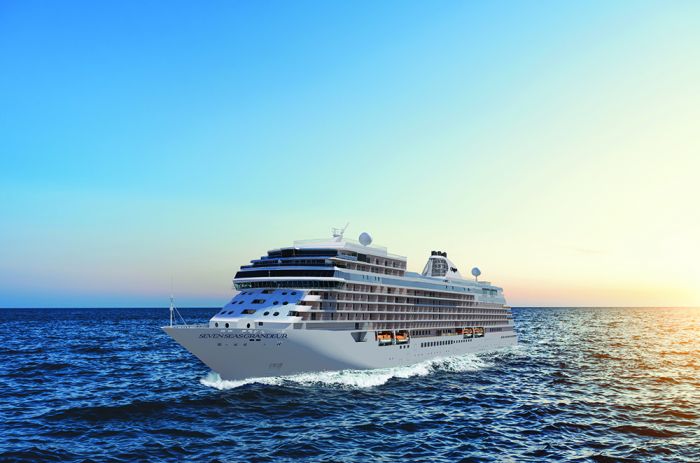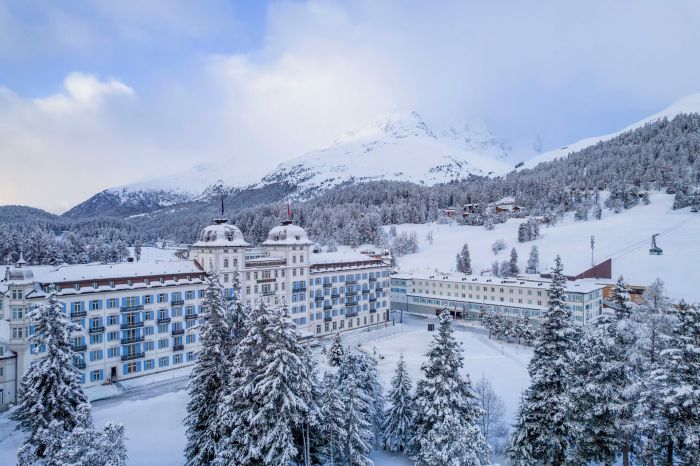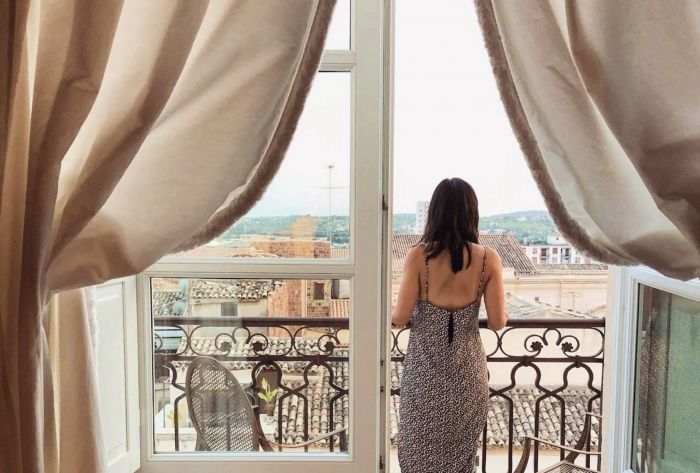
England's Lake District, taking up most of the county of Cumbria in the country's top left hand corner, is a ravishingly beautiful region of mountains, rivers, valleys and lakes. This is where Wordsworth wandered lonely as a cloud until he saw his host of daffodils - but it seems the poet doesn't have the pulling power of a few rabbits, mice and piglets.
More than 16 million people visit this National Park and its fringes each year. That's double the population of London cramming into 2292 square kilometres - around one third the size of our own Alpine National Park.
Fortunately, they're not all there at the same time, and you can still find Wordsworth-style loneliness in remote areas. But not in Potter Land, a rural swath of villages, pubs, cottages and farms in the region around Windermere and Coniston Water.
Today's landscape owes much to the author, who fled a life of intense boredom and isolation in London to build a property portfolio of 14 farms and many more cottages, bequeathing most of her estate to the National Trust to preserve the better elements of early 20th century Cumbrian agriculture. Fans of Peter Rabbit, Jemima Puddleduck, Squirrel Nutkin and her other creations like to start their tour in busy Bowness, a bustling little tourist honeypot on the shores of Windermere, England's biggest lake. Here, in what was the town's laundry, is the World of Beatrix Potter Attraction.
 It's a magical little show, with music, squeaks, and other sounds recreating the world dreamed up by one of the world's most successful authors. Illusions - even smells of farmyards, freshly mown grass, flowers and coal fires - evoke the usual oohs and aahs from the punters.
There's a souvenir shop - of course - and the Tailor of Gloucester Cafe, where you can take tea with Simpkin the Cat and nibble lunch with an army of mice. The shop has soft toys, books and clothing representing the writer's 23 books.
It's a magical little show, with music, squeaks, and other sounds recreating the world dreamed up by one of the world's most successful authors. Illusions - even smells of farmyards, freshly mown grass, flowers and coal fires - evoke the usual oohs and aahs from the punters.
There's a souvenir shop - of course - and the Tailor of Gloucester Cafe, where you can take tea with Simpkin the Cat and nibble lunch with an army of mice. The shop has soft toys, books and clothing representing the writer's 23 books. The crowds get to you after a while - time to move out of busy Bowness and head across or round the lake to Sawrey, the little Lakeland village that Miss Potter made her own. Here she lived at Hill Top, an old farmhouse that served as her Lake District getaway until marriage in middle age to the lawyer who helped her turn her publishing royalties into almost 2000 hectares of farmland. If you're planning to take the car ferry from Bowness to Sawrey be prepared for a long wait - it can carry only about 20 vehicles. The alternative is to drive either north or south around Windermere, which in heavy traffic can take almost an hour.
You don't escape the crowds at Hill Top; a dark little place with a nice line in cottage gardens and a throng of tourists who wait for their number to be called so they can potter around the Pottery. If you have been to the Louvre and tried to get up close to the Mona Lisa you'll recognise the sensation of being on a human production line.
 Fortunately, there's a terrific little pub nearby, as is often the case in rural England. The Tower Bank Arms, mentioned in several Potter books, pays very little homage to the author; relying on its welcoming nooks to draw its patronage. Most of its patrons are long-suffering men who have had just about enough squirrels, ducks and rabbits to last a lifetime and simply want to get on the outside of a pint.
Hill Top is not the idyllic cottage of the Miss Potter film - that's Yew Tree Farm, a couple of kilometres deeper into the hills. Seems the producers wanted to create something a little more chocolate box, and were gleefully welcomed by Yew Tree's owners, who are now doing big business on the strength of the movie.
Here you can have a Beatrix Potter tea before a Beatrix Potter B&B and take home some vacuum-sealed beef and mutton bred, butchered and packed on land once owned by Miss P. She bought the 212-hectare farm in 1930 to save it from inappropriate forestry plantation development.
Fortunately, there's a terrific little pub nearby, as is often the case in rural England. The Tower Bank Arms, mentioned in several Potter books, pays very little homage to the author; relying on its welcoming nooks to draw its patronage. Most of its patrons are long-suffering men who have had just about enough squirrels, ducks and rabbits to last a lifetime and simply want to get on the outside of a pint.
Hill Top is not the idyllic cottage of the Miss Potter film - that's Yew Tree Farm, a couple of kilometres deeper into the hills. Seems the producers wanted to create something a little more chocolate box, and were gleefully welcomed by Yew Tree's owners, who are now doing big business on the strength of the movie.
Here you can have a Beatrix Potter tea before a Beatrix Potter B&B and take home some vacuum-sealed beef and mutton bred, butchered and packed on land once owned by Miss P. She bought the 212-hectare farm in 1930 to save it from inappropriate forestry plantation development.If you're still anxious for more pottering, the next logical destination is the Beatrix Potter Gallery in nearby Hawkshead, near the top end of Windermere. This was once the office of her husband, William Heelis, and exhibits many of the watercolours and sketches with which the writer illustrated her books.
 I'm not sure how William Wordsworth and John Ruskin would feel about getting second mention to Miss Potter, but that's the way it is, fellows. Although Dove Cottage, home to WW for many a long year, is a popular attraction, it doesn't cater for the day tripper to the extent of the many Potter places.
I'm not sure how William Wordsworth and John Ruskin would feel about getting second mention to Miss Potter, but that's the way it is, fellows. Although Dove Cottage, home to WW for many a long year, is a popular attraction, it doesn't cater for the day tripper to the extent of the many Potter places.But you can see what inspired the poet and art critic; in fact Ruskin described the prospect from Kirkby Lonsdale Bridge as "possibly the best view in the world." Ruskin hadn't been to the top of Mount Macedon, and no doubt Basil Fawlty would have complained there were no Hanging Gardens or herds of wildebeest, but certainly it is a nice view.
Views are the Lake District's strong suit - the 16 major lakes and many smaller tarns curl around the foothills of rugged mountains. The district has several large forests, plenty of wildlife and a spectacular coastline looking out to Scotland and Ireland. "Many visitors to Britain are rating the Lake District as their first must-see destination," says Rae White of Visit Britain.
"The film had a lot to do with it and the childhood memories of Beatrix Potter's wonderful books obviously help, but in my view people are flocking to the Lake District as never before simply because it's so breathtakingly beautiful and is totally geared to give visitors a memorable experience."
 On any fine day there's a procession of mountaineers making their way up Scafell Pike, looking for a break in the clouds that will reward them with a glimpse of the Mountains of Mourne in Northern Ireland, the Snowdonia Ranges in Wales, the hills of Galloway in the Scottish border country and, for good measure, Snaefell on the Isle of Man.
On any fine day there's a procession of mountaineers making their way up Scafell Pike, looking for a break in the clouds that will reward them with a glimpse of the Mountains of Mourne in Northern Ireland, the Snowdonia Ranges in Wales, the hills of Galloway in the Scottish border country and, for good measure, Snaefell on the Isle of Man.If you think views look better through an open window, there is easy access to dramatic passes between the region's valleys. Favourites include Kirkstone between Windermere and Ullswater and Wrynose, heading west from Coniston Water.
Coniston is the district's third largest lake and a pleasant spot for a cruise on the steamship Gondola, operated by the National Trust. The lake is sheltered, giving the calm surface which tempted Donald Campbell into making a fatal error when trying to break the water speed record on his speedboat Bluebird K7.
The water was just a little rougher than recommended when he reached 500km/h and from then on it was a case of "oh dear, Donald." He hit a tiny ripple and flipped over. That was in 1967; his body was fished out in 2001.
Where you have masses of visitors you generally have masses of places to eat and sleep. The Lake District is no exception, and you can pick from cheap "n" cheerful fish shops and caravan parks through to some of the finest restaurants and hotels in the UK. Personal favourites are the Punch Bowl at Crosthwaite and the Drunken Duck near Hawkshead, both operated by the same company. Each has a high standard of hospitality and accommodation and each benefits from the excellent ales supplied by the owners' Barngates Brewery.
The heart of the Lake District has only a handful of sizeable towns - Kendal and Keswick are among the more attractive. Close by are Barrow-in-Furness, Penrith and Carlisle, while there are several large villages with ample accommodation and all the usual services.
Before you go:www.visitbritain.com/
By Paul Edwards

Beatrix Potters Home Hilltop

Beatrix Potters Home Hilltop

Aira Force, Ullswater Photo by Tony Richards

Blackwell The Arts and Crafts House


Derwentwater Photo by Simon Ledingham

Derwentwater Photo by Simon Ledingham

Derwentwater

Derwentwater

Wastwater from Yewbarrow Photo by Ann Bowker

Wastwater

Wastwater

Windemere Cruises

Yew Tree Farm














